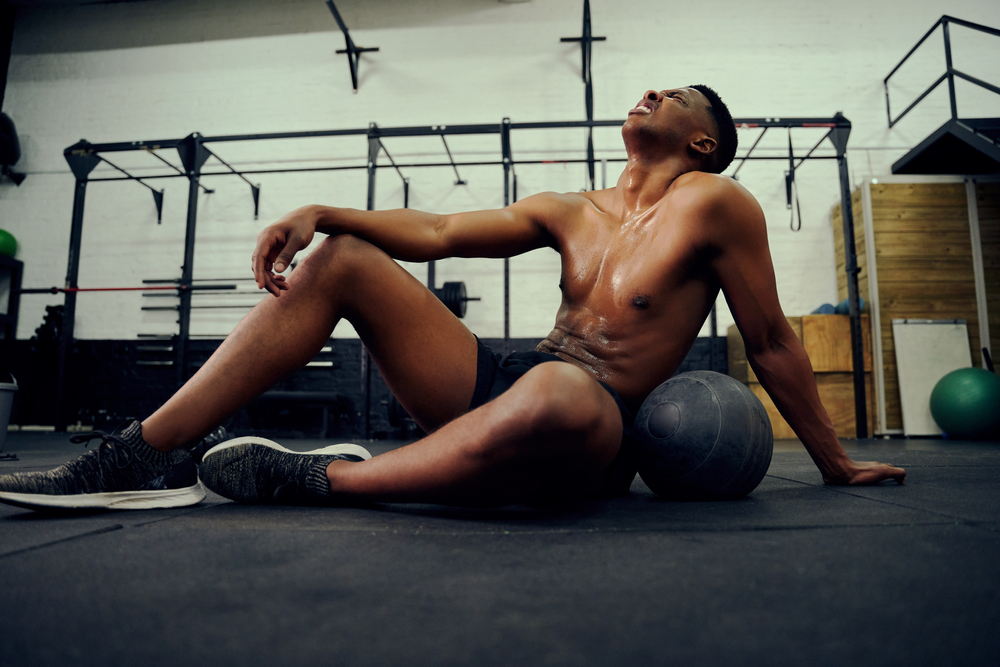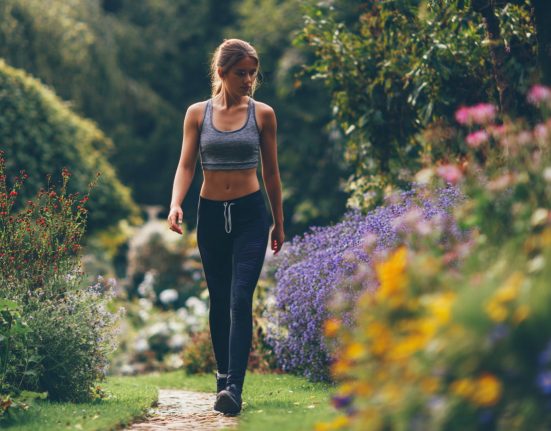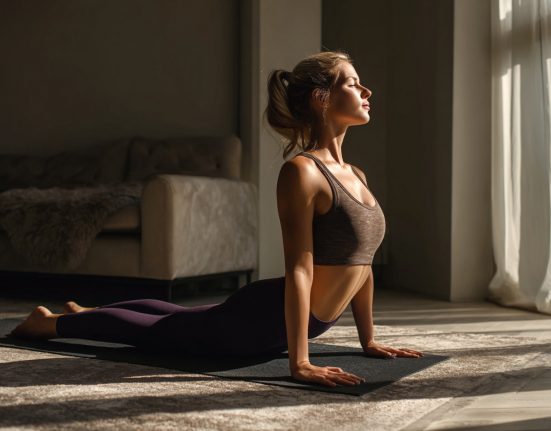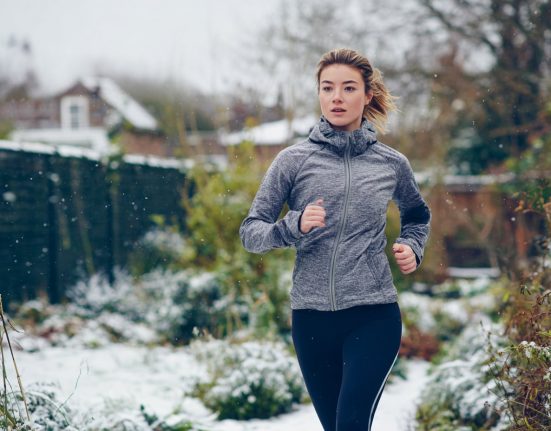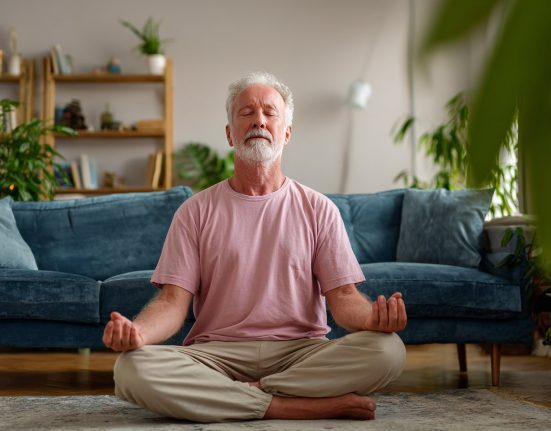Deep breathing and humming help but remember to do exercises at your own pace. You are not competing against anybody but doing things your way. So, take breaths in between, advises holistic health expert Dr Mickey Mehta
How many times have you experienced breathlessness during running, jogging and a bout of exercise? And that’s one of the reasons why we tend to give up midway than work on our breathing patterns. Your body needs more oxygen and creates more carbon dioxide while you exercise because your muscles are working harder. Your breathing must rise from about 15 times per minute (12 litres of air) at rest to between 40 and 60 times per minute (100 litres of air) during exercise in order to meet this additional demand.
Therefore, exercise increases our body’s V02 MAX and improves our body’s ability to absorb oxygen. The maximum rate of oxygen consumption that can be achieved during physical activity, or VO2 max, is a measure of an individual’s physical fitness and the maximum amount of oxygen that their body can utilise through progressive exercise. If one is into strength training, resistance training or intense workouts, the body uses a super compensation method where the body demands more energy and oxygen. To fulfil these demands, the breathing rate is automatically enhanced, the heart beats faster, thus sending a greater volume of oxygenated blood to the muscles.
Ideally safe, proper and efficient breathing happens through the nose. But those with deviated septum, nasal congestion or small nostrils tend to breathe through the mouth. While exercising, the immediate need of breathing adequate air might be resolved by mouth breathing. This forces the head to bend forward and the neck to extend to help the flow of air through the oral cavity. This causes muscle fatigue, poor recruitment of the diaphragm for breathing and neck pain. Mouth breathing can develop into a difficult-to-break habit and means taking gulps of air when actually you want to breathe low and efficiently into the bottom of the lungs.
Deep breathing: That’s why certain breath practices can keep you from feeling breathless. Practise deep breathing. Make sure your back is not stiff, not constricted and relaxed. Breathe in through your nose. Let your belly fill with air. Breathe out through your nose. Fill in your alveoli like you fill the air in the balloon, with every breath going in and out. Place one hand on your belly. As you breathe in, feel your diaphragm moving up and down like the waves of the ocean. Initially it will move only 4-5 cm, we have to increase the capacity and take it higher, up to 11-12 cm. More the diaphragm moves, the more your lungs will get stimulated, the more your respiratory tract will get stimulated. With deep breathing, sinuses and adenoids will flush out and help you during your physical activity.
Find a rhythm: Match your breath with your movements. For example, during running or swimming, synchronise your breathing with your strides or strokes. This rhythmical pattern minimises energy wastage and optimises oxygen utilisation. To avoid exhaustion and getting breathless, do exercises at your own pace. You are not competing against anybody but doing things your way. So take breaths in between.
Start slow: Increase your intensity gradually to give your body time to adjust to higher physical demands. Pushing yourself too hard too soon can leave you short of breath. Warm up first, then gradually increase the intensity of your exercise.
Maintain proper posture: The right posture opens up your airways, making breathing easier. Whether you’re dancing, running or exercising, keep your spine aligned and shoulders relaxed.
Alternate nostril breathing: Do alternate nostril breathing to enhance your own capacities. One can practise breath holds to improve lung capacity and control. Pay attention to exhaling thoroughly. As a result, you can inhale more effectively with each breath and avoid having too much carbon dioxide build up in your lungs.
Try humming: Yes, humming is good for exercise and avoiding breathlessness. It helps open up the airways acting as a blood vessel and airway dilator, helping deliver oxygen to your cells more efficiently. This automatically slows down your breath.
Focus: Keep your thoughts occupied and concentrated on the activity at hand as well as your breathing pattern. Distraction can cause respiratory problems and add to breathlessness.
Yoga nidra: Another way to build endurance is to do the body scan or Yoga Nidra meditation after any kind of intense exercise. This kind of meditation directs your attention to different areas of your body. You start at your feet and work your way up, similar to progressive muscle relaxation. But rather than contracting and relaxing your muscles, you simply concentrate on how each part of your body feels, without categorising the sensations as “good” or “bad.” This allows for a very soft, abdominal breath that gets you back on an even keel.
Managing breathlessness is a talent that gets better with time and regular practice. If you feel persistent or severe breathlessness when exercising, pay attention to your body, modify these approaches to your comfort level and seek expert advice.



